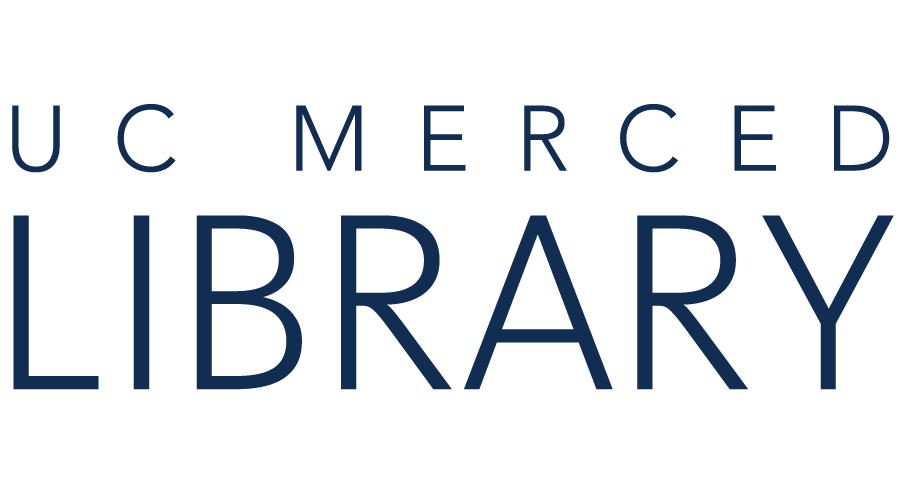Jump Around
It's okay to skip around in a scholarly article. Start by skimming the abstract, introduction, conclusion, and look at images or data representations. If the article looks to be useful for your purposes, read it from the beginning to end.
Keep It Strategic
While you are reading, reflect on how the article relates to what you want to write about or research.
Mark It Up
Take notes. Interact with the article. How do the ideas or information presented relate to what you want to write about?
Cut through the Jargon
Unfamiliar technical terms? Google or use a specialized dictionary to find definitions.
Replay
If the article is relevant after you've read through it, consider reading it again.
Find the Source
References can be a very useful resource. Be sure to skim the titles in the References section. You could find another scholarly article you want to read.
Adapted from: https://libguides.valdosta.edu/reading-scholarly-articles
Scholarly articles are structured in the reverse of an Oreo, meaning that the “good stuff” is on the outside:
the Abstract, Introduction, the  Discussion, and the Conclusion.
Discussion, and the Conclusion.
The “dry stuff” is on the inside of the article – the Methodology and the Results. A key point of the scientific method is that results must be able to be replicated to be valid, so Methodology shows exactly how the study might be reproduced, but sheds little light on the big picture, unless you are replicating the experiment. Statistical analysis in the Results are important, but is typically just the math verifying the significance of the results.
From: Amelia V. Gallucci-Cirio Library, Fitchburg State University
Scientific research articles include original studies and review articles that contribute to the current scholarship on a given topic.
The table below describes the components of scholarly articles in the Social Sciences and Physical Sciences. The majority of articles in these disciplines will have the sections listed below.
| Abstract | Brief summary of the article, including research question, methodology and results. |
| Introduction | Background information about the topic, leading up to why this study is being done, and may include a brief literature review. |
| Methods | Description of how the study procedures, set-up and how data was collected. |
| Results/Findings | Presentation of the data from the study. This section often includes tables, charts, or other visualizations of the data. |
| Discussion | Analysis of the data and how the study relates to existing knowledge of the topic. The authors evaluate whether their results answer their research question. |
| Conclusion | The authors wrap up the article by discussion how their study contributes to the research on this topic and outline future potential research questions or studies. |
| References | List of resources that the authors consulted when developing their research and subsequently cited in their article. |
Scholarly articles in the Arts and Humanities are set up differently than in the Sciences. Articles may read more like essays, rather than reports on scientific experiments.
In the Humanities, scholars are not conducting experiments on participants but rather are making logical arguments based on the evidence they have researched and analyzed.
In literature, for example, a scholar may be studying a particular novel of an author. In history, a scholar may look at the primary source documents from the time period they are studying.
The following sections are generally included in humanities scholarly articles, although they may not be clearly marked or labeled.
| Abstract | A summary of the research provided at the beginning of the article, although sometimes articles do not have an abstract. |
| Introduction | Provides background information for the topic being studied. The article's thesis will be found in the introduction, and may also include a brief literature review. |
| Discussion/Conclusion | The discussion likely runs through the entire article and is the main component of the article providing analysis, criticism, etc.The conclusion wraps up the article; both sections usually are not labeled. |
| Works Cited | List of sources cited in the article by the author(s). |

Copyright @ The Regents of the University of California. All rights reserved.
